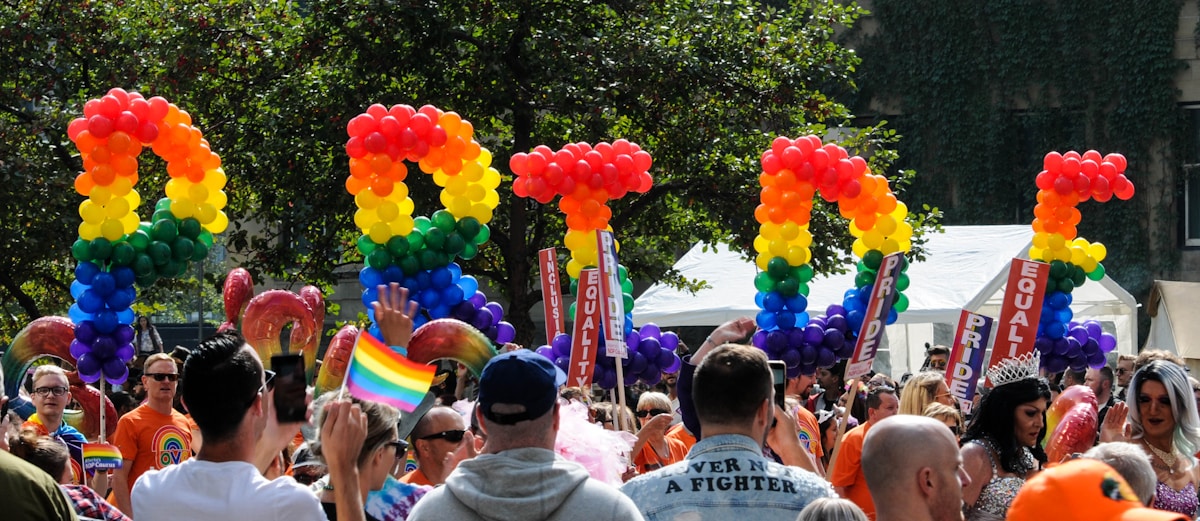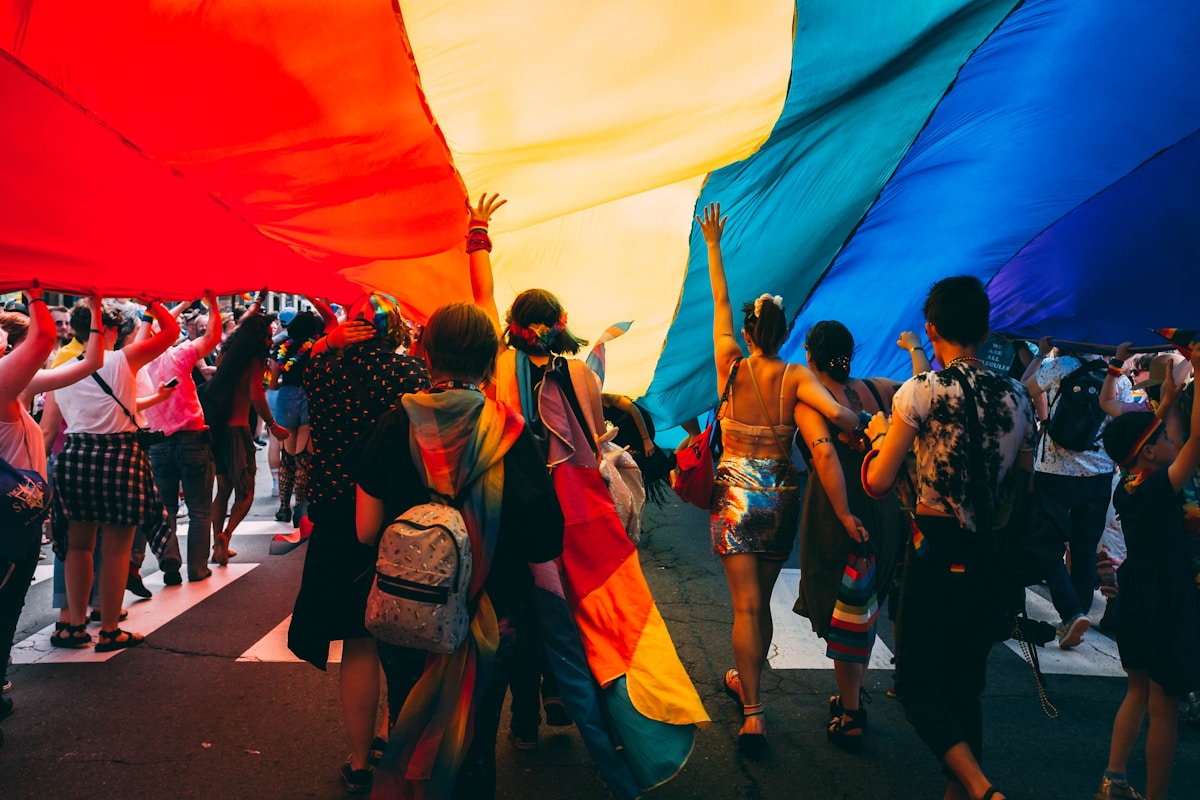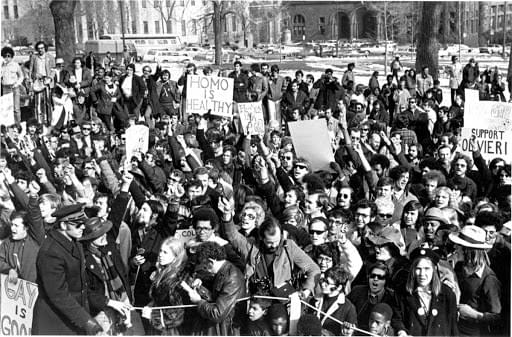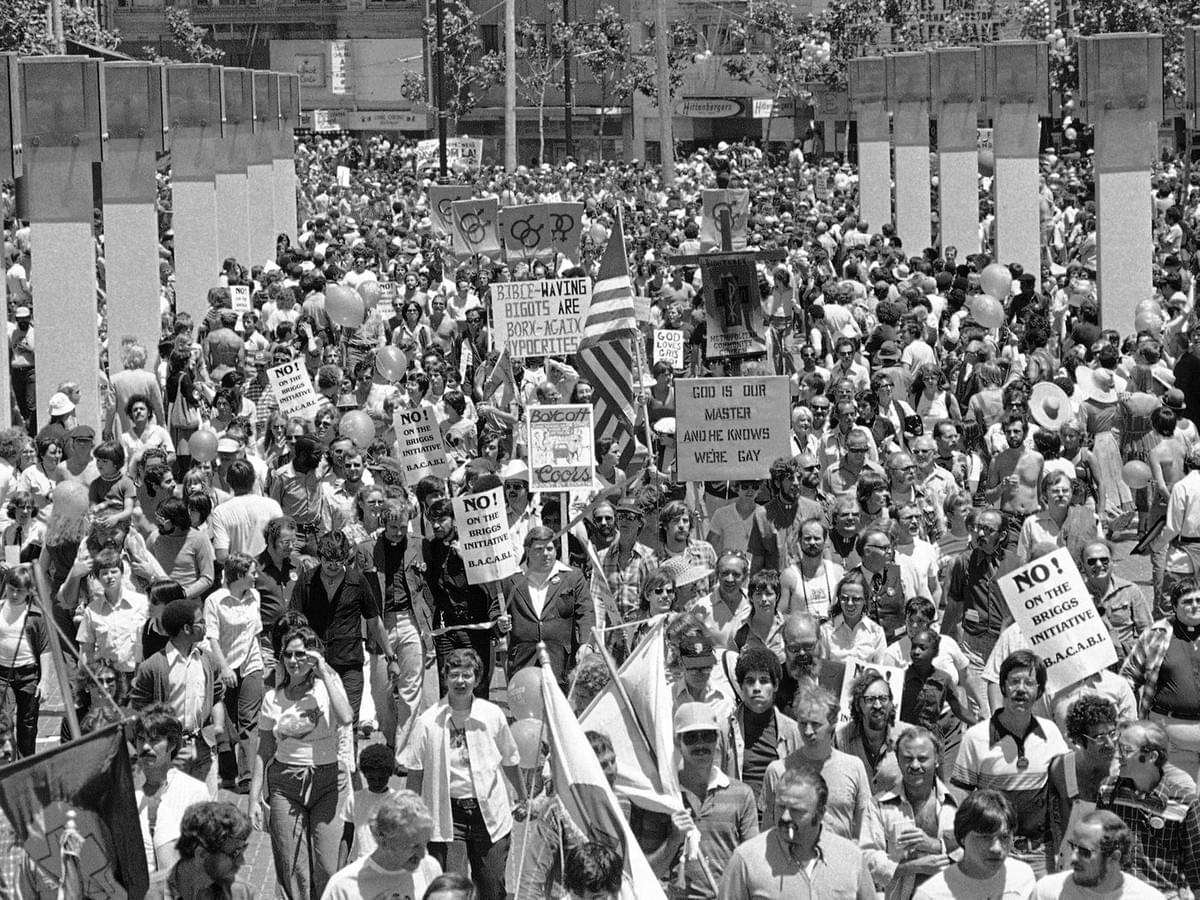
HAPPY PRIDE MONTH ❤️
LGBTQ+ people are beautiful and
deserve to be loved and treated equally.
Find LA Pride Details Here:
https://lapride.org/faqs/
June 8 @ 1:00 pm - 11:00 pm
2024 LA Pride in the Park
LA State Historic Park 1245 N. Spring Street, Los Angeles, CA
June 9 @ 11:00 am - 3:30 pm
2024 LA Pride Parade
Hollywood Blvd Los Angeles, CA
June 14 @ 5:00 pm - 10:00 pm
2024 LGBTQ+ Pride Night @ Dodger Stadium
Dodger Stadium 1000 Elysian Park Avenue, Los Angeles, CA, United States
June 22 @ 7:00 pm - 11:00 pm
2024 LGBTQ Night @ Cinespia
Hollywood Forever Cemetery 6000 Santa Monica Boulevard, Los Angeles
LGBTQ+ Resources
- The Trevor Project
https://www.thetrevorproject.org/
- The National LGBTQIA+ Health Education
https://www.lgbtqiahealtheducation.org/
- It Gets Better
https://itgetsbetter.org/
- COLORS Youth
https://colorsyouth.org/
- Trans Lifeline
https://translifeline.org/
- Out & Equal
https://outandequal.org/toolkits-guides/
- Center South, LA
https://centersouth.lalgbtcenter.org/
- Nami California
MENTAL HEALTH AND LGBTQI COMMUNITIES: CHALLENGES, RESOURCES, COMMUNITY VOICES
Click Here
LGBTQ+ HISTORY
3 IMPORTANT EVENTS

The Stonewall riots
1969 (June 27-29) – The Stonewall Riots, New York City. The Stonewall Inn is a gay bar in Greenwich Village in New York City. In response to an unprovoked police raid on an early Saturday morning, over 400 people, including gay, lesbian, bisexual, transgender and straight people protested their treatment and pushed the police away from the area.
The tension from ongoing harassment galvanized the LGBTQ community to riot for six days. The protest through the streets of New York City is memorialized as the annual Gay Pride parades that are now celebrated around the world.
Key people at the riots who went on to tell their stories were: Martha P. Johnson, Sylvia Rivera, Dick Leitsch, Seymore Pine and Craig Rodwell.

The first gay pride marches
1970 – The first gay pride marches were held in multiple cities across the United States on the first anniversary of the Stonewall Riots, including San Francisco and Los Angeles/ West Hollywood.

Homosexuality is no longer declared a mental illness.
In 1973 after years of studies, analysis, and changing cultural attitudes, the American Psychiatric Association’s board of directors removed homosexuality from the official list of mental illnesses, known as the Diagnostic and Statistical Manual of Mental Disorders, a move that was upheld with a vote by the association’s membership.
About Us
Advocating, educating, and supporting people with mental illness and their families.
Contact Us
4305 Degnan Blvd.
Suite 104
Los Angeles, CA 90008
323-294-7814





